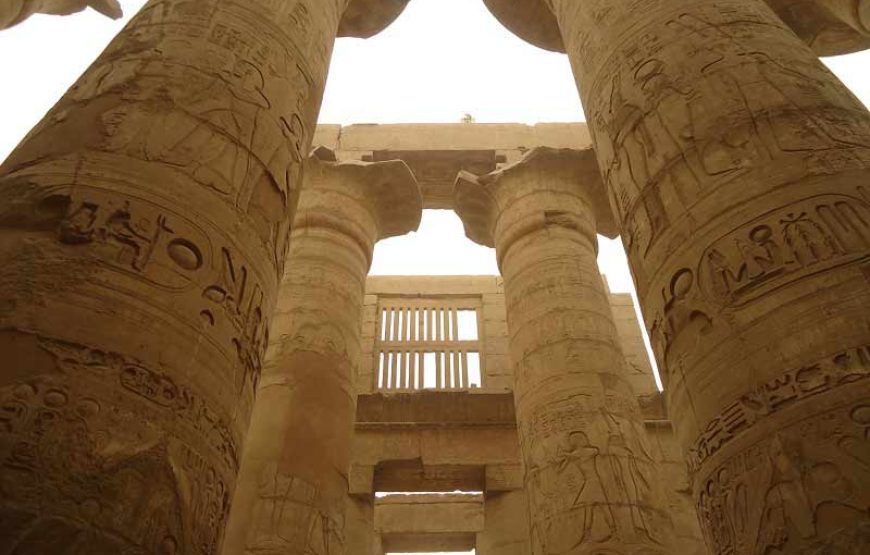Also known as the “Valley of the Gates of the Kings” in Egypt, it was used for 500 years in the period between the 16th and 11th centuries BC.
to build tombs for the pharaohs and nobles of the modern state. This site was chosen for the burial of kings, because the sun god descends (dies) in the western horizon to be reborn and rejuvenated in the eastern horizon, and the royal tombs are notable for containing drawings and inscriptions from ancient Egyptian mythology.
The Temple of Hatshepsut or Mortuary Temple of Hatshepsut
It is an Eighteenth Dynasty temple of Egypt, and the best remaining temples were built about 3,500 years ago in Deir el-Bahari, Egypt.
The walls of the temple were covered with scenes representing temple rituals and religious festivities, the scenes more distinct than those in the central balcony, which represents Hatshepsut’s mission in Puntland.
You can also visit the hall sacred to the god Amon and the hall of celebrations, where the procession of the queen moved from the temple of the valley to this temple.
The Colossi of Memnon
are two huge statues that were built around the year 1350 BC, and are all that remains of a temple in memory of the pharaoh (Amenhotep III), located in western Thebes, Egypt. They belong to King Amenhotep III, one of the kings of the 18th dynasty, which is the strongest ruling family in the history of ancient Egypt.
The height of the two statues reaches 19 meters and a third of a meter. The statues are also called singing statues, due to the strange sounds that are formed during the passage of air through the fissures inside them.
After finishing your Luxor tour, our friendly representative will transfer you with our driver Safaga Port by Air-conditioned car
(We guarantee that you will return to your ship on time according to the ship’s schedule, without rushing.)












